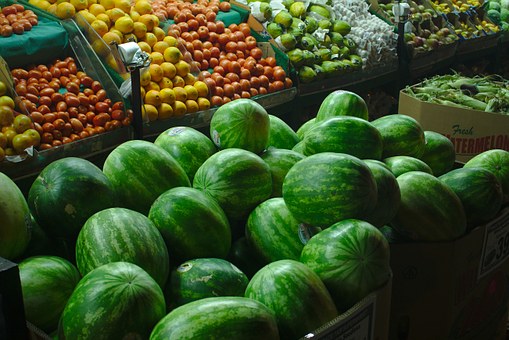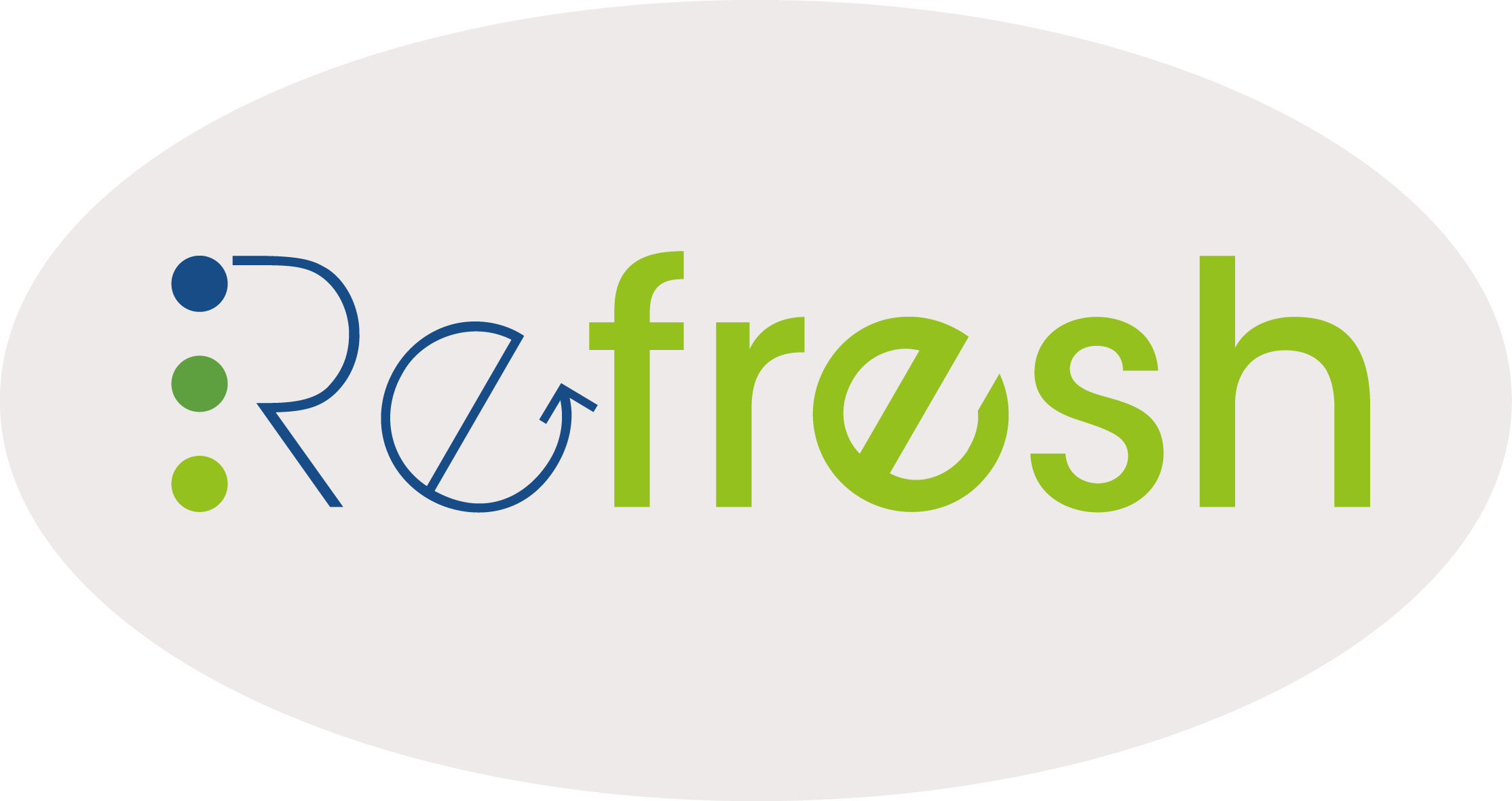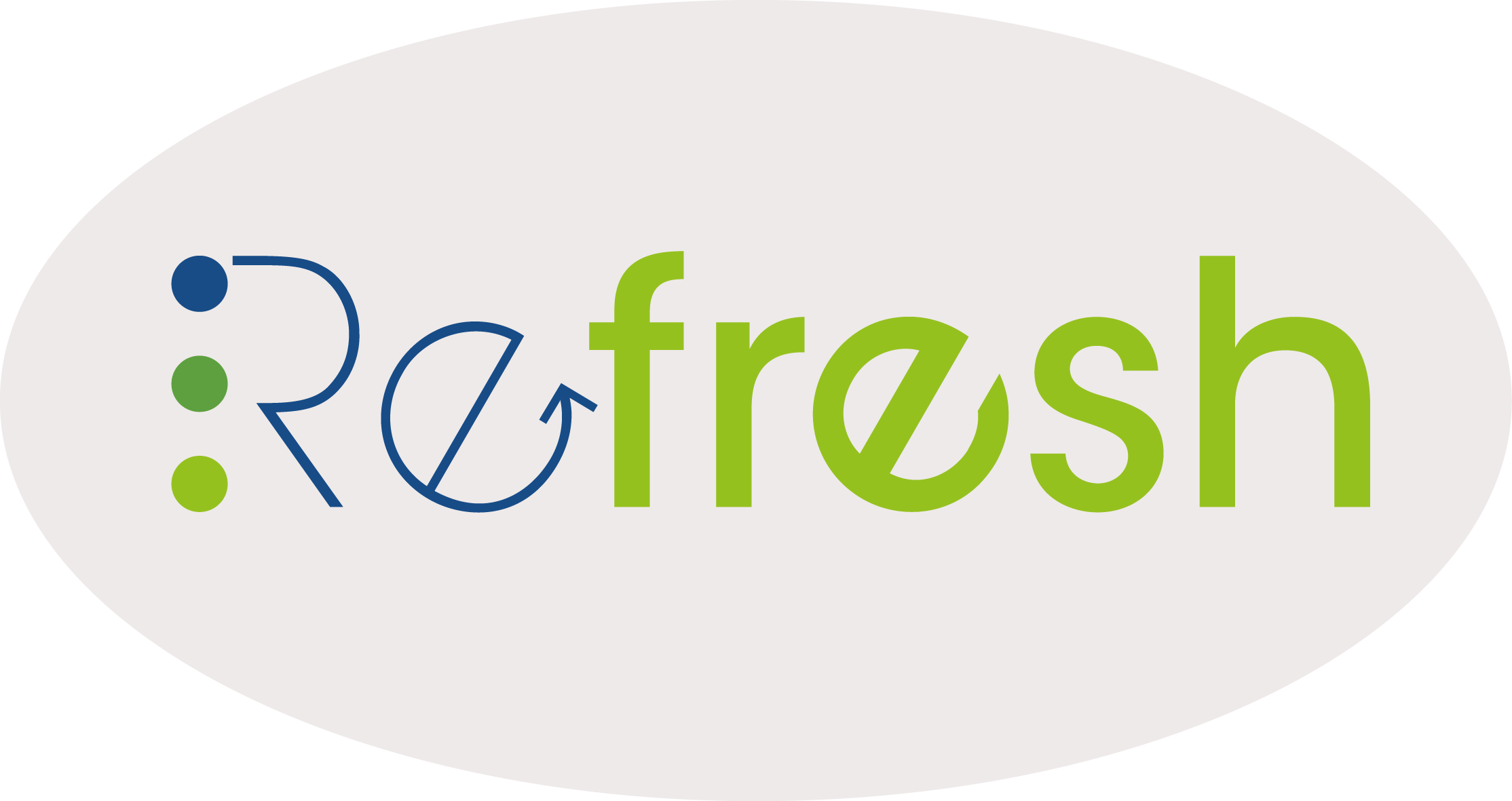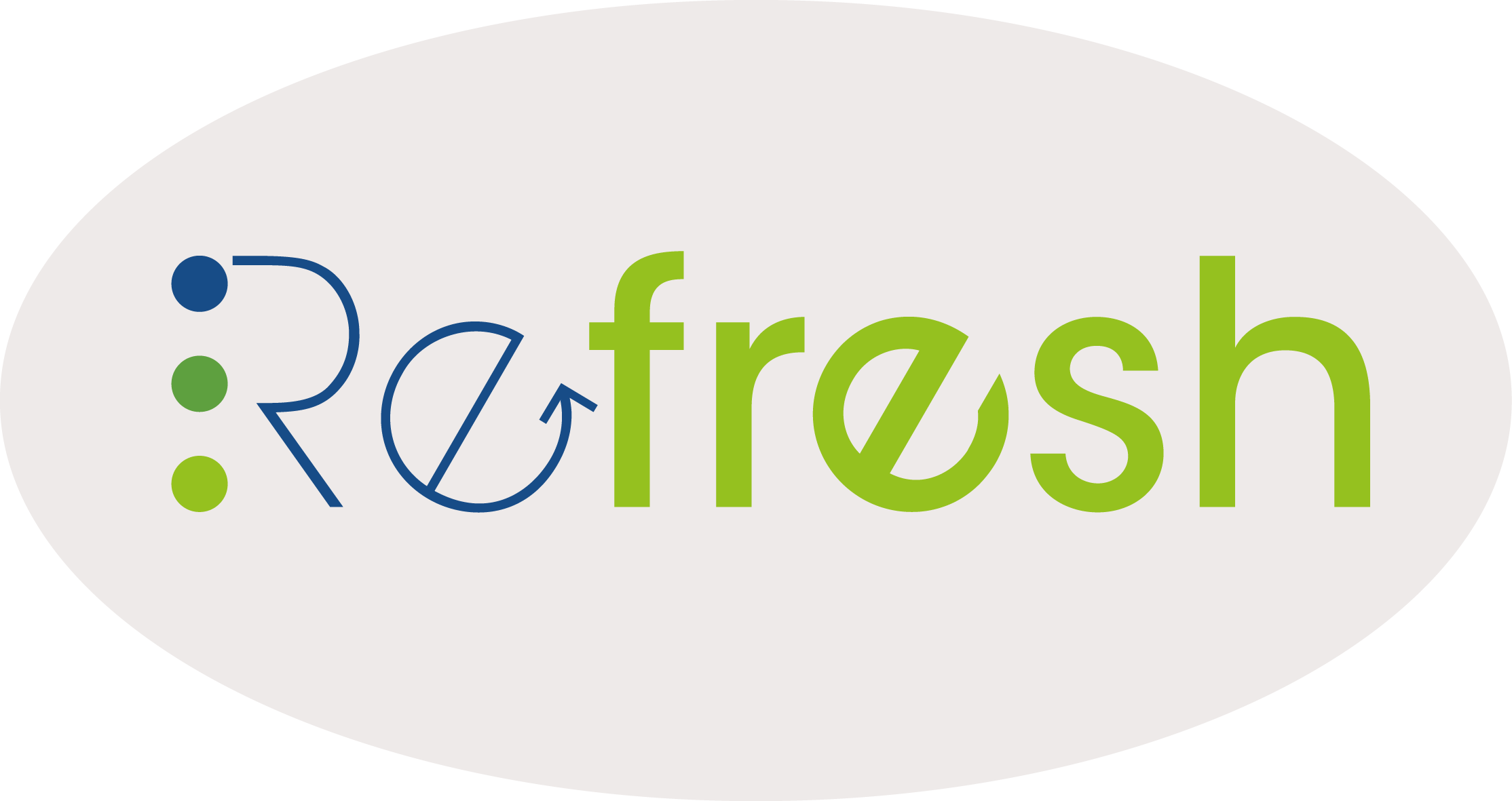Initiatives on the prevention of food waste in the retail and wholesale trades
Uploaded by: Kate Bygrave
Updated on: 30th August 2017
Author(s): Stenmarck Åsa (IVL), Hansen OleJörgen (Östfoldforskning), Silvennoinen Kirsi (LUKE), Katajajuuri Juha-Matti (LUKE), Werg
- Share
Overview
This project was initiated by the Nordic Council of Ministers and its waste prevention group. The project has been focusing on the following issues: Amounts of food waste from the retail and wholesale sector Causes for food waste generation Initiatives to reduce the amounts of food waste Recommendations for measures that could be taken to change the present situation The results are based on a literature review and interviews with representatives from the retail and wholesale sector in the Nordic countries. Amounts In all countries there exists detailed information from retail and wholesale chains but from Denmark and Sweden these data have not been made available for the project as they are not public. In Norway detailed data have been made available through the ForMat project. In Finland some chains have provided data within the project and an estimation of the total value has been made. The most common product groups present in the waste flows are; fresh fruits, vegetables, and fresh bakery products. At the bottom of the list there is canned, dried and frozen food, all with very long shelf lives. Causes for food waste generation. The main reason observed in the interviews is that the food becomes “un-saleable”. All known causes for this are more or less linked to customers‟ behaviour or to the shop-owners top priority goal to sell (which means to provide full shelves and a broad variety of products). Other reasons are related to how the hops are operated or how the food is handled in the shops. Initiatives to reduce food waste A number of initiatives have already been taken within the sector, for example optimisation of the selling of products, better management of orders, better handling of food and increased education of personnel. The interviews showed that one of the important obstacles in reducing food losses is the notion that customers expect full shelves with a great variety of “fresh” food. No one in the sector would introduce measures which might decrease the sales. Much would be won if the behaviour and desires of The customers could be changed. Suggestions for actions Itis not efficient for authorities to develop regulations that directly interfere with the work being done in companies to limit food waste, but three types of actions should be given priority: Actions to be taken with the customer in mind. These actions should aim at changing the behaviour and the demands of the customers. Actions to prevent regulations and policiesthat might increase the amount of food waste in the retail sector. Actions that lead to the best treatment of food waste and facilitates donating of food etc.
Contact name: Åsa StenmarckContact email: asa.stenmarck@ivl.se
Files
- B1988 1 MB
Start sharing your knowledge!
Upload your own resource and share your ideas with the rest of the community.
Sign In | Share





2 Comments
David Rogers|8 years ago
This will be really helpful for the further development of frameworks for action in Nordic countries
Mari Wigham|8 years ago
Interesting! One potential pilot within the REFRESH project is to investigate how customers react to how much stock is on the shelves, and what they do if the product they wanted is not available. These insights could help to change behaviour and demands.